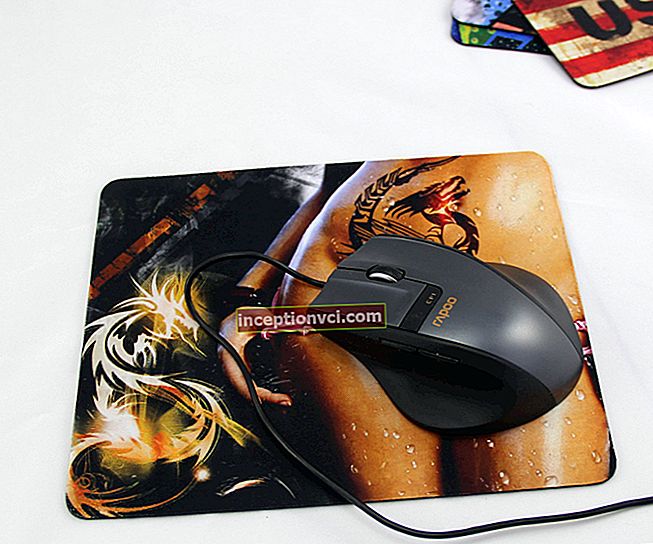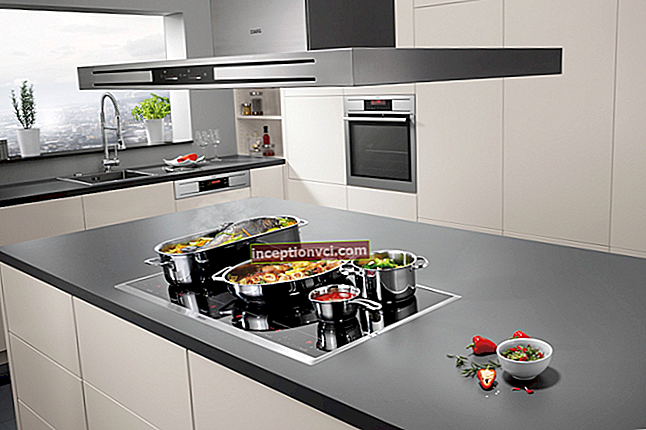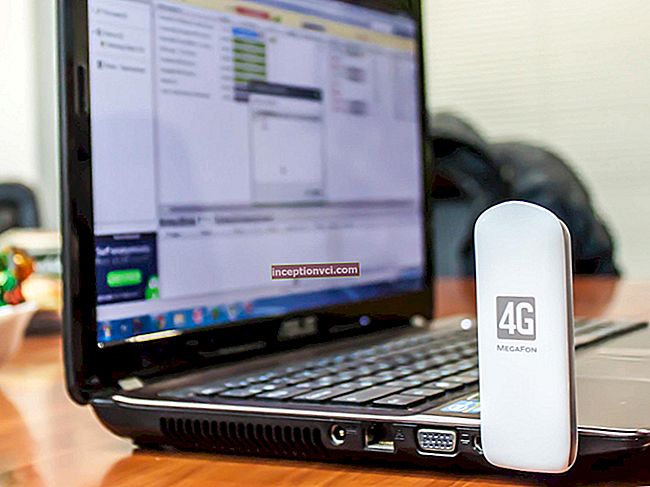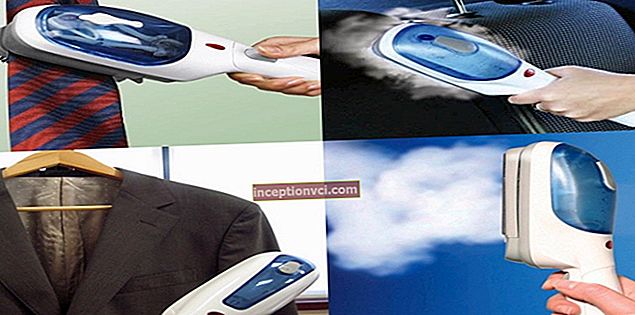Flash test and review Sunpak PZ42X.
Manufacturers of SLR digital cameras for shooting in low light produce system external flashes of different levels - from powerful professional flashlights to very light amateur ones.
However, in addition to "branded" flash units, there are quite a few external flashes from independent manufacturers that can serve as a worthy alternative, both in terms of technical parameters and price.
I've always wondered why DLSR cameras need to come with a built-in flash. This is not functional in practice as it flattens subjects, lacks depth, and it is not mentioned that the flash leaves unwanted shadows. I suppose if these built-in flashes could be removed from the cameras as a must, they could probably cost a little lower, which is good for us.
If we remove the built-in flash, obviously we must use an external flash to illuminate our photographs, since photography is Light, and Light is critical.

I have been using the Sunpak PZ42X for about 2 months. After a few hundred frames, you can confidently conclude that all external flash units are better than built-in flash units. I hope I didn't surprise anyone with this incredible finding. Before I actually settled on this flash, I was weighing the options for buying a brand new Canon 430EXII, a used Canon 580EX, Sunpak PZ42X and Nissin Di622. Really even mostly Sunpak or Nissin. In the end, I chose Sunpak because of the rear LCD screen.


DESCRIPTION.
The Sunpak PZ42 X flash is available in three versions - for Canon, Nikon and Sony cameras. It supports modern protocols for exchanging information between the camera and the flash, so it can be operated with modern cameras without functional restrictions. The flash is designed in a classic style, so it does not look alien on the camera.

The device is surprisingly difficult to take out of the box. Once it's out of the box, there is no way to put it back there again. Maybe it just seems to me.

The body is compact enough for its power, and the design allows for more than direct light. The rotating head in two planes allows you to create diffused lighting by directing the flash pulse to the ceiling or walls.
Did I mention that she can also lean to the side? hehe. From the specification - the flash head can move 90 ° up, 180 ° to the left and 120 ° to the right. This applies to all shooting conditions.

Depending on the focal length of the lens, the flash automatically sets the angle of illumination in the range of 16-70 mm (for cameras with APS-C sensor) or 24-105 mm (for 35 mm cameras). The flash is zoomed in steps, with seven fixed positions. With wide-angle optics, the flash is used with a built-in wide-flash adapter (equivalent to 13mm for an APS-C format camera or 20mm for a 35mm camera). To ensure correct autofocus operation in low light conditions, there is an AF-assist illuminator located on the front panel under the red protective glass. The illuminator works exclusively in center AF mode. The operating range is up to 5 meters.

In manual mode, you can enter the exposure compensation for automatic operation in the range of ± 1.5 Ev in 0.5 increments. Within seven steps: full, 1 / 2.1 / 4, 1 / 8.1 / 16.1 / 32.1 / 64, the flash output can be set manually.

The display is quite informative, the small size does not interfere with the quick perception of information. It has a red backlight, which is most convenient when working at dusk, as with this light the eye adapts to darkness faster.

The LCD backlight lights up when a button on the flash is touched. The display shows the metering method, exposure compensation, flash level value, illuminator zoom mode (A / M), working distance ruler in meters and feet, and focal length indicator. You can display focal length data in a format convenient for the photographer: at any time you can switch between the value for 35 mm cameras and the equivalent focal length for DSLRs. The AUTO OK indicator for 2 seconds after the flash indicates sufficient exposure. To adjust, use the Mode and Selection keys located under the display.




IMPRESSION.
The Sunpak PZ42 X flash will not replace the top reporter models in terms of its power and functionality. However, in addition to them, there are so-called "second" flashes that are in great demand, which have a slightly lower power and dimensions. In this category, she looks more than worthy. Test shots were taken with a Canon EOS 50 D. The power source used was NiMH rechargeable batteries as well as regular alkaline batteries, even without the Photo label. On fresh cells, the full charge time turned out to be less than the announced 3 seconds. The declared number of flashes at full power with batteries corresponds approximately to the characteristics, but we must take into account that the batteries we used in the test have already pretty much depleted their resource and with new ones, the number of flashes will be slightly higher. The charging time in automatic mode depends on the scene, at medium distances it is almost instantaneous, sometimes it even allows you to shoot small series. Alkaline batteries, as expected, turned out to be more "thoughtful", but they could not completely develop their resource during filming in auto mode, however, the full charge time was already more than 15 seconds.

Evaluation of the flash operation according to the results of test shooting in automatic mode under direct illumination did not reveal any peculiarities. The introduction of corrections in the flash itself turned out to be unnecessary, all lighting control was carried out from the camera. When shooting, the flash behaved absolutely predictably; it reacted to changes in the camera settings in about the same way as the “native” flash units. Shooting in bounced light itself is not very predictable and always requires increased control, both due to unpredictable reflections and serious losses of luminous flux, but even in these conditions, the flash showed itself to be a fairly good grade.
CONCLUSIONS.
The Sunpak PZ42X has proven itself to be a compact and handy amateur lighting device. In terms of lighting quality and functionality, it is quite competitive with branded flashes, and at a price about a third cheaper. There is no wireless control, but this is still the prerogative of professional system flashes.
Sunpak PZ42X is available for Canon, Nikon and Sony. The product is highly recommended. Upgrade to Canon 430EX II or 580EX II - only if your pocket allows. For casual hobbyists like me, the Sunpak PZ42X will be the best choice.









